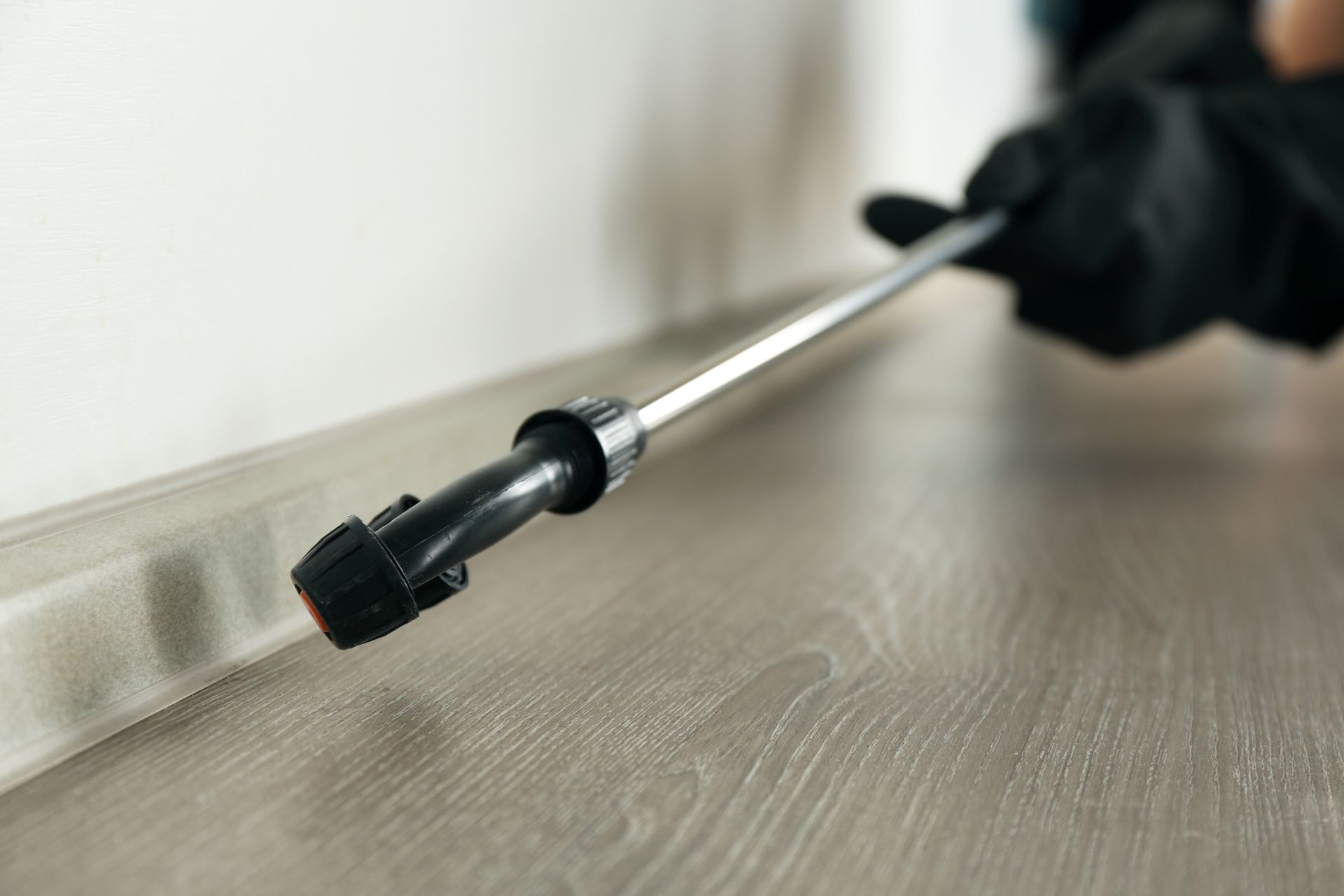Root Weevil FAQ | Paffy’s Pest Control
Frequently Asked Questions About Root Weevils
If you love plants, you probably don't love root weevils. These tiny bugs show their love for vegetation by devouring plants from the roots up. Although they can't do you or your loved ones any harm, they can still create plenty of annoyance by infesting your home as well as your garden.Once you develop a working knowledge of root weevil characteristics and behaviors, you'll have a better idea of how to control these irritating unwanted guests. Consider the answers to the following frequently asked questions about root weevils.
What Do Root Weevils Look Like? You might easily mistake a root weevil for a tick due to its dark-colored, pear-shaped body. However, a closer look will reveal a distinctive snout in this member of the beetle family. The larvae look like C-shaped white or cream-colored grubs with darker-colored heads.
Root weevils typically have a one-year life cycle, with the larvae transforming into adults by early spring. They go into hiding during daylight hours, although you can often see the larvae embedded in the soil. At night, you'll see the adult root weevils on your garden vegetables and flowering plants.
What Do Root Weevils Eat? True to their name, root weevils dine on the root structures of plants. They also nibble away on the leaves, creating a telltale irregular notched pattern that signifies their presence. Thankfully, root weevils that enter your home won't spoil or consume the contents of your kitchen pantry (unlike other kinds of weevils).
The names of certain root weevil species reflect their preferred food. For instance, strawberry root weevils, the most common type of root weevil in Minnesota, single out strawberry plants, while black vine weevils feed on shrubs and hairy spider weevils like to chew on tree roots and leaves.
Why and How Do Root Weevils Invade Homes? Root weevils will often migrate to whatever shelter they can find to escape extreme temperatures or search for moisture during a dry spell. Some weevils will also find themselves drawn by light sources. These pests can find ideal living conditions outdoors in warm weather but may search for a more hospitable home as the weather cools.
You may notice that different types of root weevils try to get into your home at different times of the year. For example, in the autumn months, you may suffer from hairy spider weevil infestations, with strawberry weevils posing more of a problem in the summer months.
Due to their tiny size, root weevils can easily pass through any small breaches in your home's walls or foundation. You can also unwittingly carry root weevils in with you when you go indoors after working in your garden.
Root weevils can infest homes in massive numbers. You may see them crawling up walls, on ceilings, or across floors. They also tend to congregate around window openings, either to come into the home or to go out. However, these pests can also hide unnoticed in lesser-used areas such as attics and subfloors.
How Can You Get Rid of Root Weevils Naturally? You can often get rid of root weevils through natural, non-chemical methods. Ask your pest control provider about the possibility of drenching your soil with nematodes to control the root weevil population. These parasitic insect-eaters pose no danger to humans or vegetation, making them an attractive alternative to chemicals.
Your pest control technician might recommend that you lay out pans of water around your home's foundation or near specific points of entry. Any root weevils that fall into these pans of water will drown. At night, when root weevils come out to feed, you can also simply pick them off of your plants and discard them.
If your main concern with root weevils involves home infiltration, you may need to caulk small gaps or cracks in your walls, window frames, and door frames. You should also fill any gaps around plumbing pipes that might allow these pests indoors.
When Do Pesticides Make Sense Against Root Weevils? Only the most stubborn or destructive root weevil infestations merit treatment with chemical pesticides. If you must go this route, leave it to professional pest control experts who have access to the most effective products and know how to apply them as safely as possible.
Your pest control expert may apply chemical pesticides directly to the affected plants, onto the soil in which the plants take root, or around the foundation of your home (if you have trouble with root weevils invading the house). These chemical sprays tend to work best when applied toward the end of the day.
If you need help dealing with root weevil infestations in the seven-county Metro area, contact Paffy's Pest Control. Our pest control technicians can inspect your home and garden, note any damage done to your plants, and recommend the right elimination strategy for your needs.















